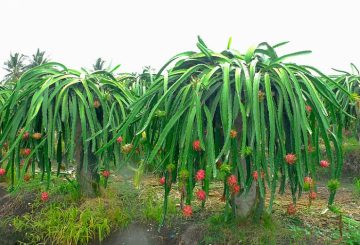말버러에 본사를 둔 Repost는 사이클론 가브리엘 (Cyclone Gabrielle) 로 인해 손상된 울타리 기둥을 재활용하여 폭풍으로 울타리를 잃은 혹스베이의 농부들에게 배포하고 있습니다.지금까지 약 12,500개의 부서진 과수원과 포도원 울타리 기둥이 재사용되었지만, 이는 아직 분류되지 않은 수십만 개의 게시물 중 극히 일부에 불과합니다.
Repost는 부서진 기둥에서 못, 클립, 플라스틱 등을 떼어내고 크기에 맞게 잘라서 농부들을 위해 묶어 왔습니다.하지만 자금 조달이 문제가 되고 있습니다.이 회사는 정부로부터 1억 3천만 달러를 지원받은 혹스베이 지역 위원회의 미사 회수 및 폐기물 태스크포스에서 자금을 지원받았습니다.그러나 이 작업은 절반만 완료되었으며 추가 자금 지원을 보장할 수 없습니다.
불확실성에도 불구하고 리포스트 소유주인 그렉 코펠 (Greg Coppell) 은 이 작업을 계속해야 한다고 주장합니다.그는 일을 할 때 보람을 느끼며 최선을 다하기 위해 최선을 다합니다.혹스베이의 농부들은 이 도움에 감사하고 있습니다.앤드류 윌슨 (Andrew Wilson) 이라는 한 농부는 사이클론 때문에 울타리의 5km를 모두 잃어 가축을 모두 팔아야 했습니다.리포스트와 자원봉사자들의 도움으로 그는 울타리를 다시 세울 수 있었습니다.
재활용 기둥은 농민들에게 경제적인 도움이 될 뿐만 아니라 환경에도 도움이 됩니다.태스크포스 팀장인 대런 드 클레크 (Darren de Klerk) 는 기둥을 지속 가능한 울타리로 용도 변경한 결과 매립지에서 나오는 목재의 상당량을 줄일 수 있었다고 말했습니다.또한 매립지에서 한 개의 기둥을 처분하는 데 약 19달러였던 것에 비해 Repost 작업에 약 4.50달러의 비용이 들기 때문에 비용도 절감됩니다.




























































